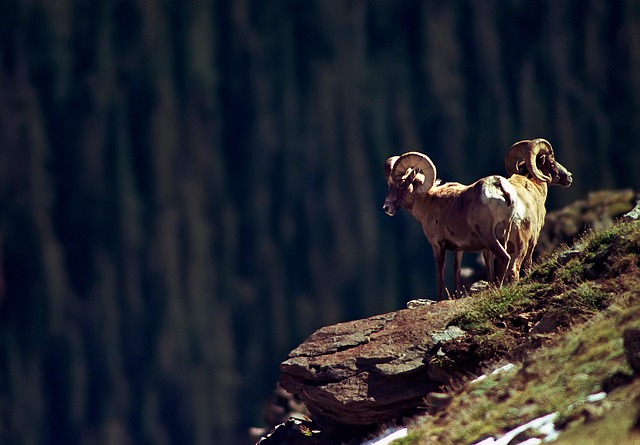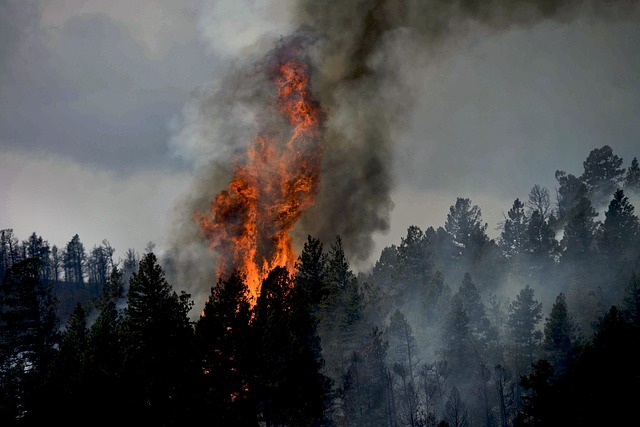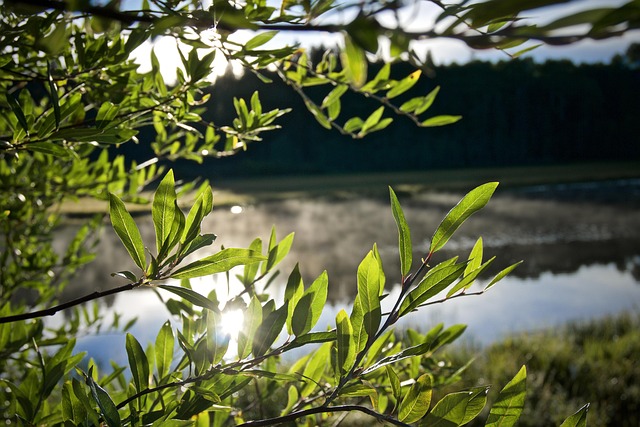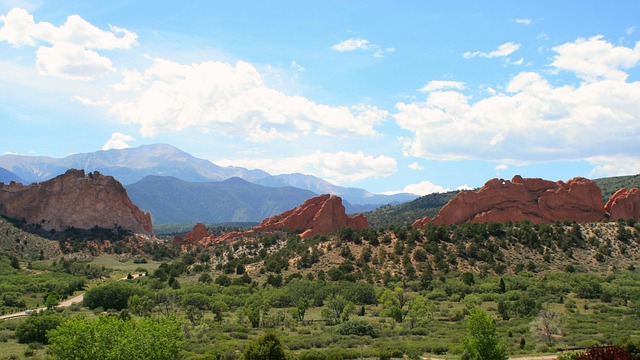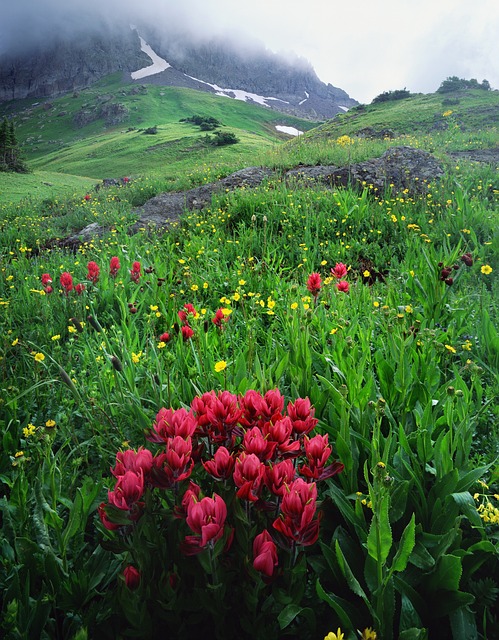Desert landscapes offer vast recreational potential, from tranquil oases to rugged mountains, providing unique experiences for adventurous souls. Access and management by the real estate sector greatly impact these areas, with responsible stewardship crucial for preserving ecosystems and cultural heritage. Sustainable practices, like educating visitors on camping ethics, ensure minimal environmental damage while allowing economic opportunities and conservation efforts to coexist harmoniously.
“Uncover a world beyond sand and sky as we explore the thrilling realm of outdoor recreation in desert landscapes. From hidden oases to rugged trails, these natural wonders offer an escape like no other. In this article, we’ll guide you through ‘Unveiling Hidden Gems,’ where secluded spots await discovery. Delve into the unique role of real estate in shaping desert adventure experiences, and learn sustainable practices to ensure these fragile ecosystems thrive for future generations.”
Unveiling Hidden Gems: Desert Outdoor Recreation Sites

Desert landscapes often remain undiscovered treasures, hiding a wealth of outdoor recreation sites that cater to adventurous spirits seeking unique experiences. Beyond the iconic landmarks and well-known trails, there exists a network of hidden gems waiting to be explored. These secluded spots offer a chance to disconnect from bustling city life and immerse oneself in nature’s raw beauty. From serene oasises to rugged mountain ranges, each desert landscape presents its own captivating challenges and rewards for outdoor enthusiasts.
Uncovering these secret destinations is like embarking on a quest, where the real estate of untamed wilderness becomes the ultimate prize. Local knowledge, guidebooks, and online resources can be invaluable tools in this pursuit. With proper research, one can find secluded campsites, hidden hiking trails, and breathtaking viewpoints that offer a sense of discovery and achievement. These off-the-beaten-path locations allow for a more intimate connection with nature, fostering a deeper appreciation for the diverse ecosystems and geological wonders found within desert real estate.
The Role of Real Estate in Shaping Desert Adventure Experiences

The landscape of desert recreation is heavily influenced by real estate, shaping both access and experiences for outdoor enthusiasts. In many cases, remote and pristine desert areas are owned or managed by private entities, which can either facilitate or restrict public enjoyment. Responsible land stewardship by these property holders plays a crucial role in preserving unique ecosystems and cultural heritage sites, ensuring that future generations can appreciate the raw beauty of these landscapes.
At the same time, real estate development has the potential to disrupt delicate ecological balances. Balancing tourism infrastructure with conservation efforts is essential to maintain the integrity of desert environments. Well-planned and sustainable real estate initiatives can enhance visitor experiences by providing accommodations, interpretive centers, and access points while minimizing environmental impact. This harmonious integration allows for both economic opportunities and responsible stewardship of these valuable natural resources.
Sustainable Practices for Enjoying Desert Landscapes Responsibly

When exploring desert landscapes, adopting sustainable practices is crucial for preserving these unique and delicate environments. One key aspect is to respect natural boundaries and stay on designated trails. Off-trail hiking can cause significant damage to fragile vegetation and disrupt wildlife habitats. Additionally, visitors should be mindful of their water consumption and pack enough supplies to minimize waste and reduce the impact on local resources.
In the context of real estate, promoting sustainable outdoor recreation involves educating visitors about responsible camping practices, such as proper waste disposal and fire safety. Encouraging a ‘leave no trace’ mentality ensures that future generations can also enjoy these breathtaking desert vistas. By following these guidelines, outdoor enthusiasts can contribute to the conservation of these ecosystems while capturing memorable experiences in this extraordinary natural setting.

